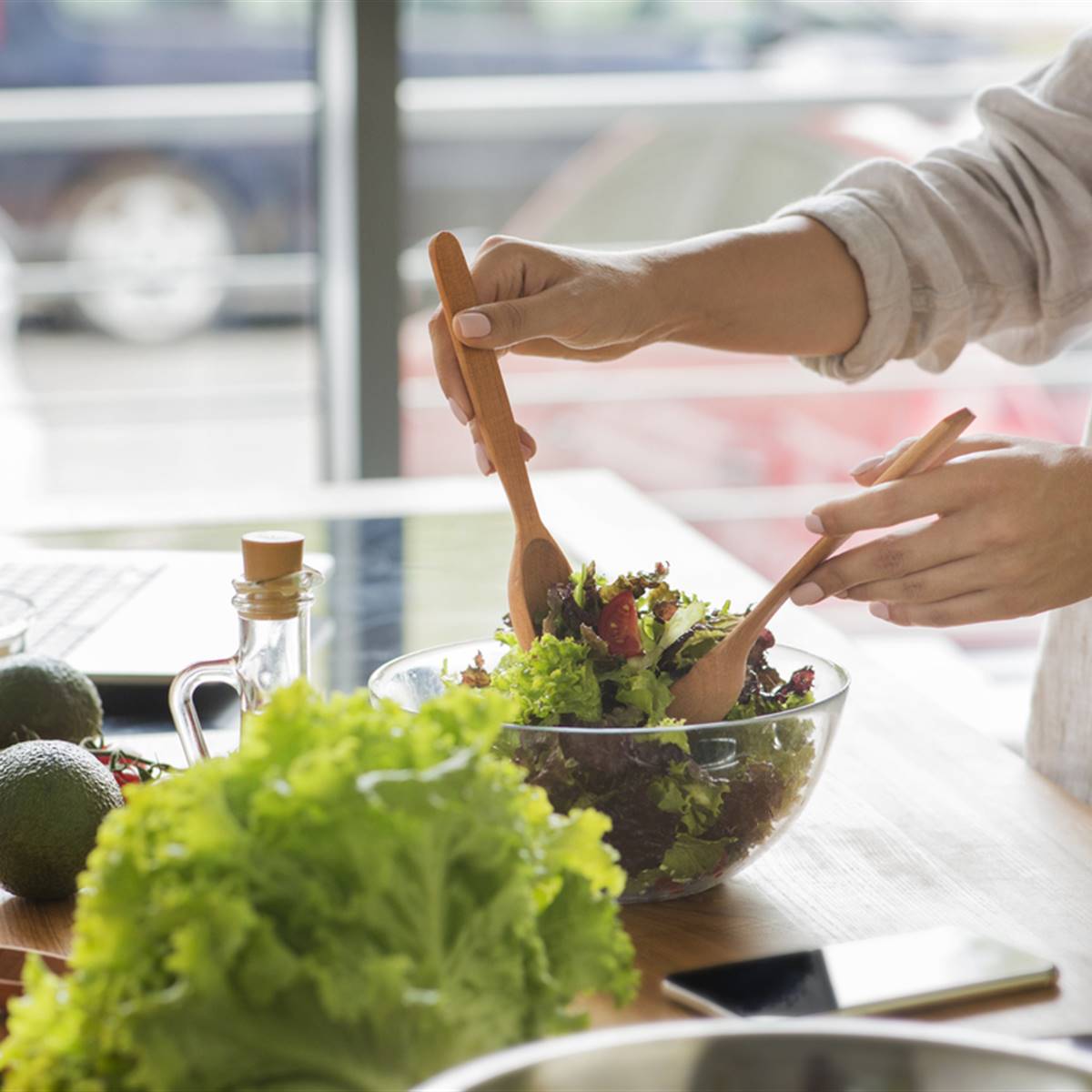Introduction
Coleslaw, also known as cole slaw or simply slaw, is a salad consisting primarily of finely shredded raw cabbage with a salad dressing, commonly either vinaigrette or mayonnaise. It’s a dish that’s as diverse as it is delicious, with countless variations and adaptations around the world. This classic side dish has been a staple at picnics, barbecues, and family gatherings for generations. Its creamy, tangy flavor pairs perfectly with grilled meats and sandwiches, making it a favorite among food lovers everywhere.
The History of Coleslaw
The term “coleslaw” arose in the 18th century as an anglicization of the Dutch term “koolsla” meaning “cabbage salad”. The “cole” part of the word ultimately derives from the Latin “caulis”, meaning cabbage. The most commonly prepared recipe for coleslaw is a recent innovation, owing to the invention of mayonnaise during the mid-18th century.
Coleslaw has been enjoyed in various forms for centuries. In ancient times, the Romans ate a dish of cabbage, eggs, and vinegar, which could be considered an early form of coleslaw. Over time, this simple dish evolved and spread across Europe, with each region adding its own unique ingredients and flavors.
In the United States, coleslaw became popular in the 19th century as a way to use up excess cabbage from the garden. It was often served at community gatherings and church picnics, and quickly became a beloved part of American cuisine. Today, coleslaw is enjoyed in many different forms, from the classic creamy version to tangy, vinegar-based varieties.
Ingredients and Their Flavors
The main ingredients in coleslaw typically include shredded cabbage, carrots, mayonnaise, vinegar, sugar, and various seasonings. Each ingredient contributes a unique flavor and texture to the dish:
- Cabbage: The star of the show, cabbage provides a satisfying crunch and a slightly peppery flavor. Cabbage is also packed with vitamins and minerals, making it a healthy addition to any meal.
- Carrots: These add a touch of sweetness and an additional layer of crunch. Carrots are also high in beta-carotene, which is converted into vitamin A in the body.
- Mayonnaise: This creamy base adds richness to the dressing. Mayonnaise also helps to bind the ingredients together and adds a smooth, creamy texture to the coleslaw.
- Vinegar: Introduces acidity, brightening the taste of the coleslaw. Vinegar also helps to preserve the coleslaw, allowing it to stay fresh for longer.
- Sugar: Adds a subtle sweetness to balance the vinegar’s acidity. Sugar also helps to bring out the natural flavors of the other ingredients.
Optional Ingredients
Coleslaw is a versatile dish that can be customized with a variety of optional ingredients:
- Apples: These can add a sweet and tart flavor, as well as an extra crunch. Apples are also high in fiber and vitamin C, making them a nutritious addition to coleslaw.
- Dried cranberries or raisins: These can provide a sweet and tangy contrast to the creamy dressing. Dried fruit also adds a chewy texture and a burst of flavor to the coleslaw.
- Sliced almonds: These can add a nutty flavor and extra crunch. Almonds are also a good source of protein and healthy fats.
- Pineapple: This can add a tropical twist and a burst of sweetness. Pineapple is also high in vitamin C and manganese, making it a healthy and delicious addition to coleslaw.
Step-by-Step Instructions
Here’s a simple recipe to make classic coleslaw:
- Prepare the vegetables: Shred 1 medium cabbage (about 2 pounds) and 3 medium carrots. Coarsely chop ½ cup of fresh parsley leaves. The vegetables provide the base for your coleslaw, so make sure they are fresh and crisp. You can use a food processor or a box grater to shred the vegetables.
- Prepare the dressing: In a bowl, combine 1 cup of mayonnaise, 2 tablespoons of apple cider vinegar, 2 tablespoons of Dijon mustard, 1 teaspoon of celery seeds, ¼ teaspoon of fine sea salt, ¼ teaspoon of fresh ground black pepper, and 2 teaspoons of honey (optional, for a sweeter coleslaw). Whisk the ingredients together until smooth. The dressing should be creamy and tangy, with a hint of sweetness.
- Combine: Toss the shredded vegetables and parsley with the dressing until well coated. Make sure all the vegetables are evenly coated with the dressing. This will ensure that every bite of coleslaw is full of flavor.
- Chill: Cover and refrigerate for at least 2 hours before serving. This allows the flavors to meld together and the vegetables to soften slightly. The coleslaw will also become more flavorful the longer it sits.
Conclusion
Coleslaw is a classic dish that’s easy to make and can be customized to suit your taste. Whether you stick to the traditional recipe or add your own twist, coleslaw is sure to be a hit at your next gathering. Enjoy the process of making it and, most importantly, enjoy your delicious creation!
Coleslaw is more than just a side dish – it’s a testament to the power of simple ingredients and the magic that can happen when they’re combined in just the right way. So the next time you’re planning a picnic, barbecue, or family gathering, don’t forget the coleslaw. It’s a classic dish that’s stood the test of time for a reason.








